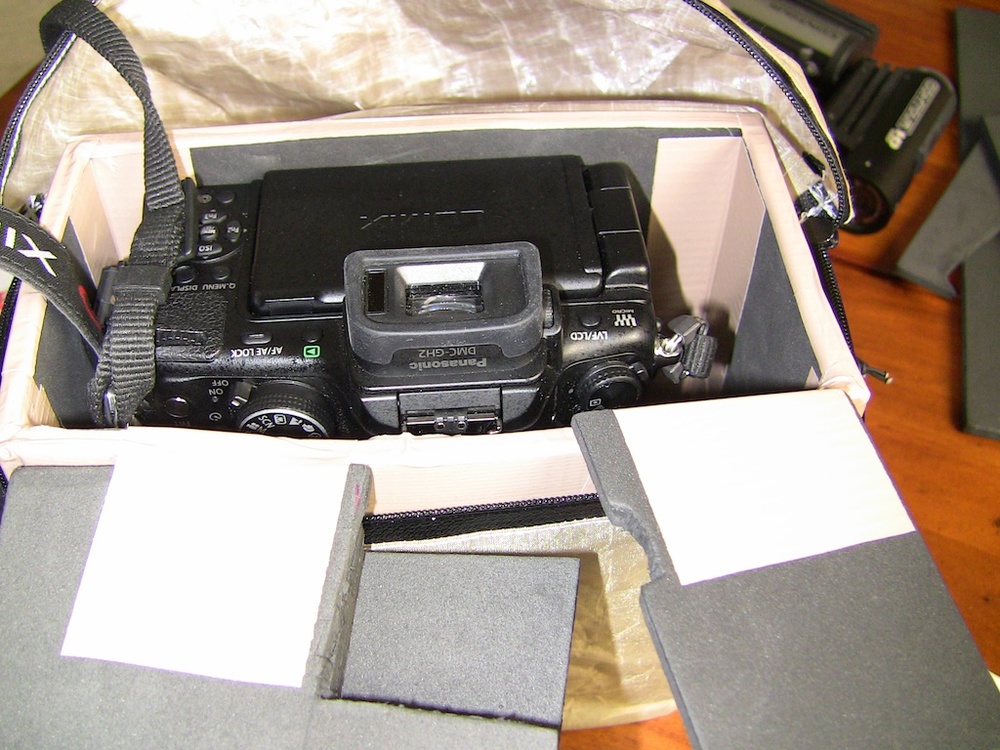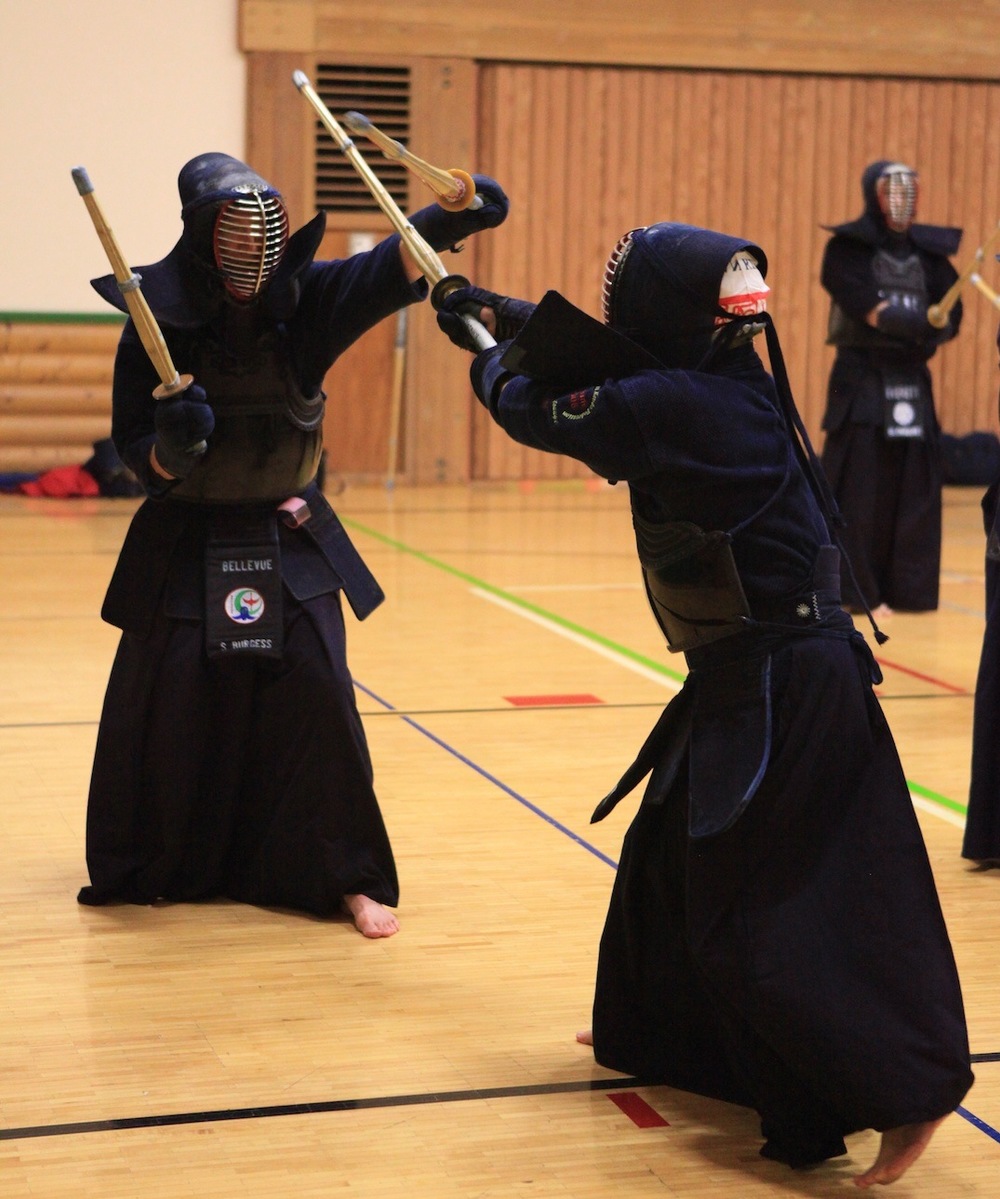 loaded Mariposa packs
loaded Mariposa packsUltralight is great, hyperlight is cool and megalight is risky but each trip has different requirements. The Olympic National Park marmot survey is one such trip for my 17 year old daughter and myself where we were base camping for 5 days and day tripping off trail to survey sites. Now I'm a
Murmur fan and I use my
Gorilla quite often when I'm carrying camera gear for projects (including a tripod) but what to do when you throw in a bear canister, radio and spare batteries, 5 days of food, 4 cameras and spare batteries, ice axes, paperwork folders and myriad other things we wouldn't normally take on a fastpacking trip? Thank goodness we had the
new Mariposa. Last year on this same trip (but to a different area) we had to make do with a couple of my older packs that had enough volume but made us suffer mightily under the load.
 loaded Mariposa packsUltralight is great, hyperlight is cool and megalight is risky but each trip has different requirements. The Olympic National Park marmot survey is one such trip for my 17 year old daughter and myself where we were base camping for 5 days and day tripping off trail to survey sites. Now I'm a Murmur fan and I use my Gorilla quite often when I'm carrying camera gear for projects (including a tripod) but what to do when you throw in a bear canister, radio and spare batteries, 5 days of food, 4 cameras and spare batteries, ice axes, paperwork folders and myriad other things we wouldn't normally take on a fastpacking trip? Thank goodness we had the new Mariposa. Last year on this same trip (but to a different area) we had to make do with a couple of my older packs that had enough volume but made us suffer mightily under the load.
loaded Mariposa packsUltralight is great, hyperlight is cool and megalight is risky but each trip has different requirements. The Olympic National Park marmot survey is one such trip for my 17 year old daughter and myself where we were base camping for 5 days and day tripping off trail to survey sites. Now I'm a Murmur fan and I use my Gorilla quite often when I'm carrying camera gear for projects (including a tripod) but what to do when you throw in a bear canister, radio and spare batteries, 5 days of food, 4 cameras and spare batteries, ice axes, paperwork folders and myriad other things we wouldn't normally take on a fastpacking trip? Thank goodness we had the new Mariposa. Last year on this same trip (but to a different area) we had to make do with a couple of my older packs that had enough volume but made us suffer mightily under the load.




